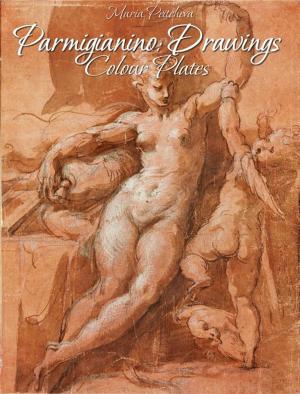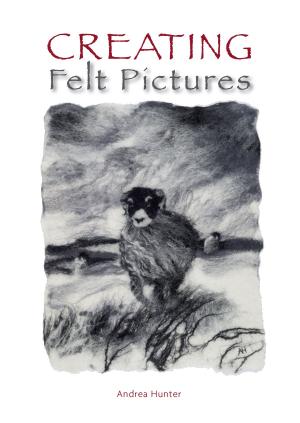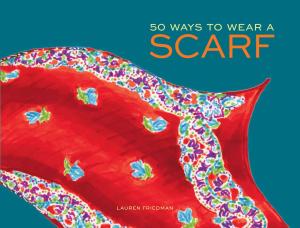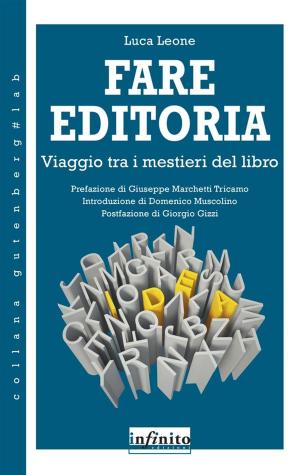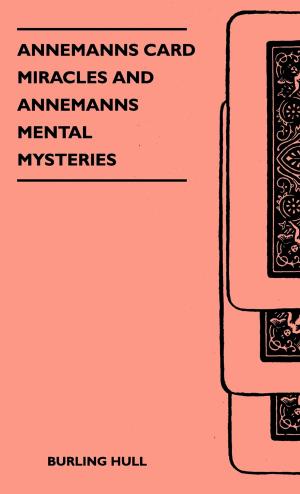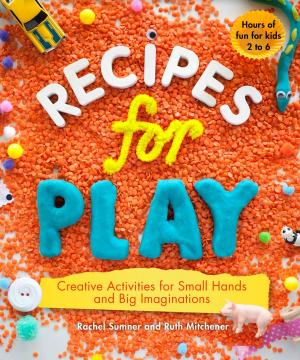LEARNING the CHESS OPENINGS
Nonfiction, Reference & Language, Education & Teaching, Teaching, Teaching Methods, Home & Garden, Crafts & Hobbies| Author: | Jef Kaan | ISBN: | 9781501483271 |
| Publisher: | Jef Kaan | Publication: | July 22, 2016 |
| Imprint: | Language: | English |
| Author: | Jef Kaan |
| ISBN: | 9781501483271 |
| Publisher: | Jef Kaan |
| Publication: | July 22, 2016 |
| Imprint: | |
| Language: | English |
In the 'royal game' of chess, an understanding of all the phases of the game, namely opening, middle game, and endgame, is important. While the importance of the opening phase often is overestimated by beginners, at higher levels it can make the difference between a win and a loss.
In this book, first the beginner is guided through the labyrinth of the many different opening variations, where-after the more advanced, chess 'club' players are shown how to develop a specialized opening set of opening variations, which is called a chess opening 'repertoire'. With such a 'repertoire', the number of options during the opening phase is considerably reduced; another advantage is that gradually the understanding and in-depth knowledge of the preferred opening lines -and thereby the overall playing strength- is increased. And by reducing the amount of time required to study openings, one can allocate relatively more time to the study of other elements in chess, such as tactics (!), positional understanding and the endgame.
Several opening repertoire choices, improved with top computer programs are given, both for beginners (with 1.e4) and intermediate players (1.d4), which offers the advantage of recognizing that you only have to study your own 'pet' lines (and buy some books for such lines of course). For more advanced players, 1.d4 is added for White as a positional repertoire andthe French defense against 1.e4. Many improvements in modern chess opening theory ('novelties') are given to illustrate this choice. As result the book is expected to be a timeless reference guide, and the only opening book a chess player will need until about master level. A 'must' for every serious student of the game.
Author/editors: ICCF correspondence chess player J.E.F. (Jef) Kaan, originally a physicist, has experience of more than twenty years in computer chess and opening-'book' preparation. Comments on the content were given by IM E.Kislik, and the book was edited by IM A. Battey and J.Keating.
In the 'royal game' of chess, an understanding of all the phases of the game, namely opening, middle game, and endgame, is important. While the importance of the opening phase often is overestimated by beginners, at higher levels it can make the difference between a win and a loss.
In this book, first the beginner is guided through the labyrinth of the many different opening variations, where-after the more advanced, chess 'club' players are shown how to develop a specialized opening set of opening variations, which is called a chess opening 'repertoire'. With such a 'repertoire', the number of options during the opening phase is considerably reduced; another advantage is that gradually the understanding and in-depth knowledge of the preferred opening lines -and thereby the overall playing strength- is increased. And by reducing the amount of time required to study openings, one can allocate relatively more time to the study of other elements in chess, such as tactics (!), positional understanding and the endgame.
Several opening repertoire choices, improved with top computer programs are given, both for beginners (with 1.e4) and intermediate players (1.d4), which offers the advantage of recognizing that you only have to study your own 'pet' lines (and buy some books for such lines of course). For more advanced players, 1.d4 is added for White as a positional repertoire andthe French defense against 1.e4. Many improvements in modern chess opening theory ('novelties') are given to illustrate this choice. As result the book is expected to be a timeless reference guide, and the only opening book a chess player will need until about master level. A 'must' for every serious student of the game.
Author/editors: ICCF correspondence chess player J.E.F. (Jef) Kaan, originally a physicist, has experience of more than twenty years in computer chess and opening-'book' preparation. Comments on the content were given by IM E.Kislik, and the book was edited by IM A. Battey and J.Keating.

